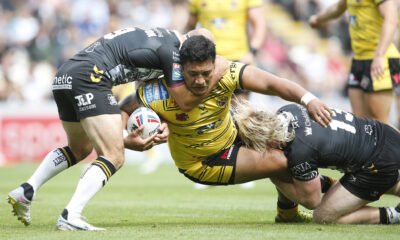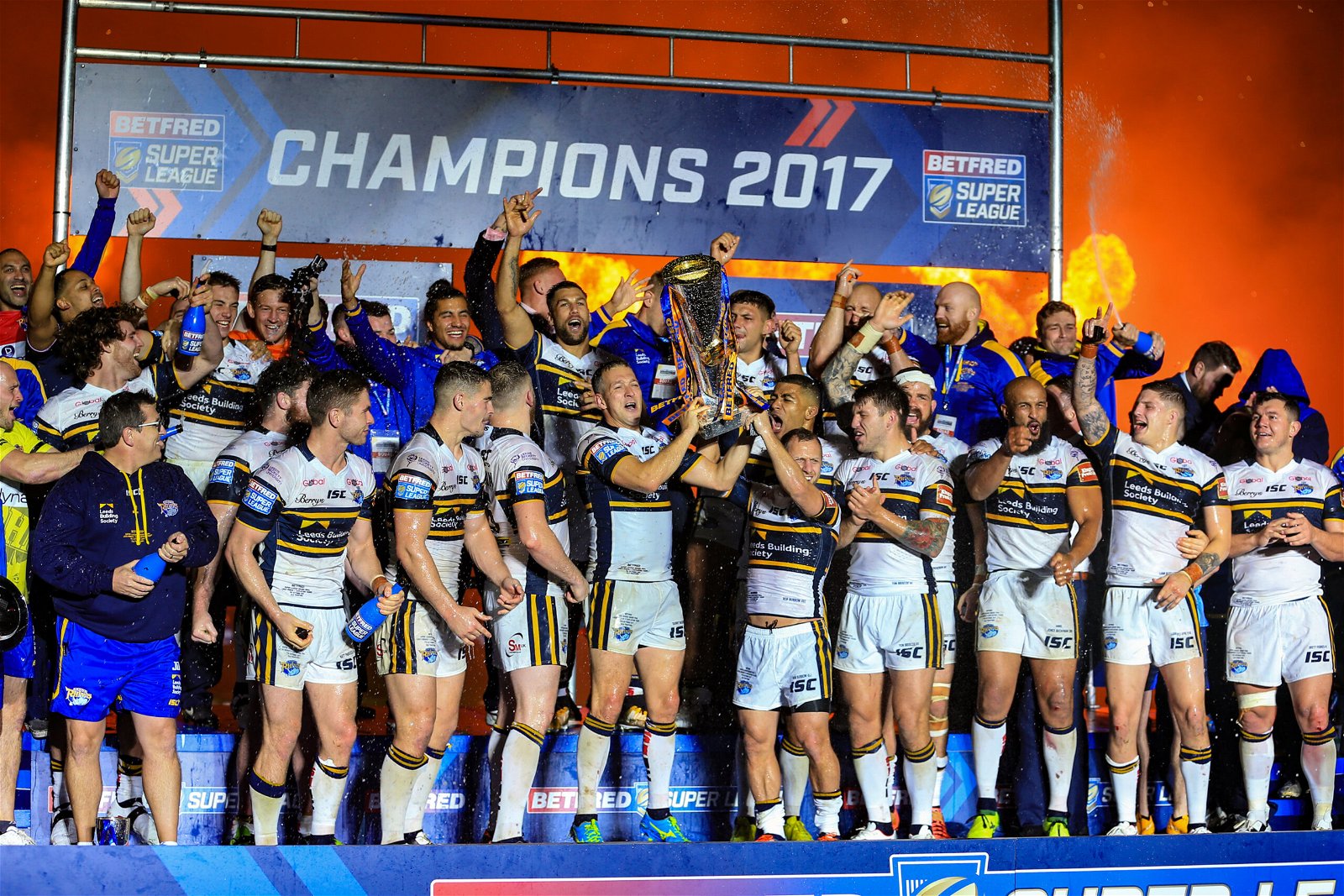
In 1996, Leeds were on the brink. After spending thousands trying to keep pace with Wigan at the top only to find themselves second best every time, the dawn of Super League hit them with a hammer blow. The Loiners nearly slipped into the second tier as they scrambled to a 10th place finish in the first season of the summer era. With poor attendances and no major trophy held aloft since 1978, the club was in drastic need of change and it arrived in the shape of Paul Caddick and Gary Hetherington. Yesterday marked the 25th anniversary of their arrival at Headingley, so let’s look back at the 10 moments which have defined the last quarter of century for the pair and their club.
Rhinos rename
By the time the 1997 season rolled around, Leeds had a new name. They were to be called the Leeds Rhinos from now on and the new name represented a new era at Headingley, as the club began buying into a new ethos. The rename, although a radical move away from tradition, represented Leeds embracing Super League and modernity. It was the first sign that Hetherington and Caddick knew what was needed to turn Leeds into a giant of rugby league in the modern world.
The signing of Iestyn Harris
Leeds paid £350,000 to lure Iestyn Harris away from Warrington in 1997 in a move that resembled the positive direction the club was about to embark on. Granted, the arrival of the Welsh Wizard worryingly echoed the money driven woes of Leeds’ recent failings, but this was different. It showed that the pair in charge were dealing with the debt the club was in and bringing in modern stars who would propel the club forward. The fact Harris was soon appointed captain also demonstrates how this signing wasn’t just about bringing in a quality player but about driving new standards, adding more characters and building an environment where achieving success would become paramount.
Graham Murray arrives
The change in attitude and environment that Harris’ arrival symbolised was reinforced when Leeds drafted in new Head Coach Graham Murray. The Australian created new standards at the club when he arrived turning average players into good players and good players into great ones all centred around an ethos of working hard for your teammates, the club and the supporters. He understood what Leeds meant to the Headingley faithful and brought the soul of the club back building a brilliant side in the process. His team was ruthless in defence but had flair in attack. They went on to play in the very first Grand Final before winning the Challenge Cup in 1999 ending a 21-year wait for the trophy.
Faith in youth
Murray’s departure was the first real setback Hetherington and Caddick faced. As he headed for pastures new, a vacuum filled his placed as Leeds’ development somewhat slowed. In their first three years at the club, Hetherington and Caddick oversaw constant improvement which peaked in 1999, but 2000 saw them take a backwards step and things began to get a little stagnate over the next few years as they searched for the right coach and the right blend on the field. Ultimately, the club settled on youth both in the shape of fresh-faced coach Daryl Powell who’d only recently won the cup as a Leeds player in 1999 and the amazing youngsters coming through. Powell, backed by those above him, trusted the likes of Danny McGuire, Rob Burrow, Matt Diskin, Ryan Bailey, Chev Walker and Kevin Sinfield – who he even handed the captain’s armband to in 2003 at the age of 22 – as they quickly developed into some of the finest players in Super League. This golden generation of young players would form the backbone of Leeds’ success.
Turning to Tony Smith
Powell had done a fine job as Leeds’ Head Coach, but to be successful you have to be ruthless and those higher up at Headingley understood that the Rhinos needed something else, something more if they wanted to win things and Hetherington saw that ‘something more’ in Huddersfield coach Tony Smith. Hetherington and, somewhat remarkably, Powell himself approached Smith to see if he would take the reigns from 2004 to 2005 with the initial idea being that Powell would resume his place as Head Coach in 2006. That plan didn’t quite come to fruition but what did was the intent of bringing Smith in. He turned Leeds into the most skilful side in the league and perhaps the best team to watch in Super League history. He added a ruthlessness to the Rhinos and ensured the likes of Sinfield and McGuire took their next steps forward so that they could become the world class players they seemed destined to be. He turned the nearly side of Super League into Super League Champions in 2004 and in 2005 he added the World Club Challenge. He made Leeds officially the best club in the world fulfilling a promise Caddick and Hetherington made in a newspaper back in 1996.
Poaching Peacock
There was still room for improvement when the dynasty Leeds fans believed would unfurl after 2004 stalled. Thus, Hetherington and Caddick added another superb personality to the growing culture at Leeds in the shape of 2003 Man of Steel Jamie Peacock. The Great Britain skipper added to the developing winning mentality at the club and would end his career as Super League’s most successful player as he won six more Super League titles with his boyhood club all thanks to Hetherington and Caddick for making what should have been an impossible move from Bradford to Leeds the greatest transfer in the league’s history.
Building a Kiwi quartet
But even Peacock’s arrival wasn’t enough to wrestle Super League glory – or any kind of glory for that matter – away from St Helens in 2006. Leeds still needed to add a little bit more to their squad if they wanted to truly dominate and did that by adding to their growing Kiwi connection. In 2004, Leeds pulled of a major coup in signing Ali Lauitiiti who’s offloading game was like nothing seen in Super League before. In many ways he was the final piece of the jigsaw for Leeds that year. In 2006, he was joined by Clinton Toopi who had earnt his stripes playing for New Zealand on the international stage but his arrival was topped by the signing of world class fullback Brent Webb before the 2007 season. He would finish his first year with the club as their top try scorer even poaching one in the Grand Final. But the overseas player brought in ahead of 2007 with the biggest Leeds legacy was Kylie Leuluai. He added some firepower to the Leeds pack which had been lacking in 2006 and went onto become Leeds’ most successful overseas player. The creation of this overseas contingent added the bit of quality Leeds needed to become all-conquering.
Long-term deals for legends
It’s well-documented just how remarkable Leeds’ ability to keep all their top players at the club was especially considering the role of the salary cap. If you look at the changeover at St Helens this winter, that’s what’s supposed to happen to the dominant teams yet Leeds somehow managed to keep the heart of the side together resulting in unprecedented success. Thus, we have to give credit to Hetherington and Caddick for constantly handing new long-term deals to their key players. From 2007-08, Leeds’ business was remarkable. In late 2007, Sinfield signed a four-year deal keeping him at the club until at least 2011 then in 2008 the club gave new deals to Jamie Jones-Buchanan and Jamie Peacock as well as handing McGuire and Burrow five-year deals tying them to the club until 2013. This business, alongside remarkable signings such as world class hooker Danny Buderus and others, secured Leeds’ place as the top team in the league.
The redevelopment
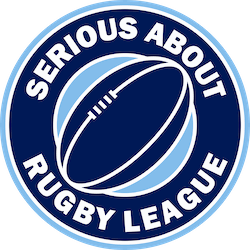
More in Super League
-
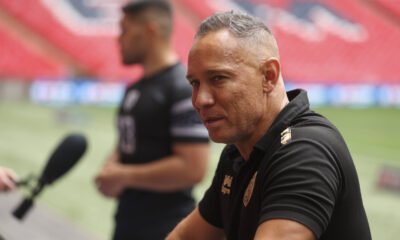

The possible reason why Leigh Leopards have had such a slow start
Leigh Leopards have had a slow start to the 2024 season with just one...
-
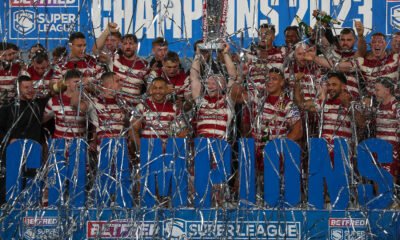

Everything you need to know about the 2024 Super League Grand Final
The Super League Grand Final is the showpiece event in rugby league, it’s the...
-


“Full control” – Richie Myler on his role and qualifications plus how shock appointment happened
Newly-appointed Director of Rugby Richie Myler has explained how he came to take on...
-


“Desire to prove people wrong” – Doubters fuelling Richie Myler as he explains what impact he’ll have
Richie Myler has given his first interview since his appointment as Director of Rugby...
















